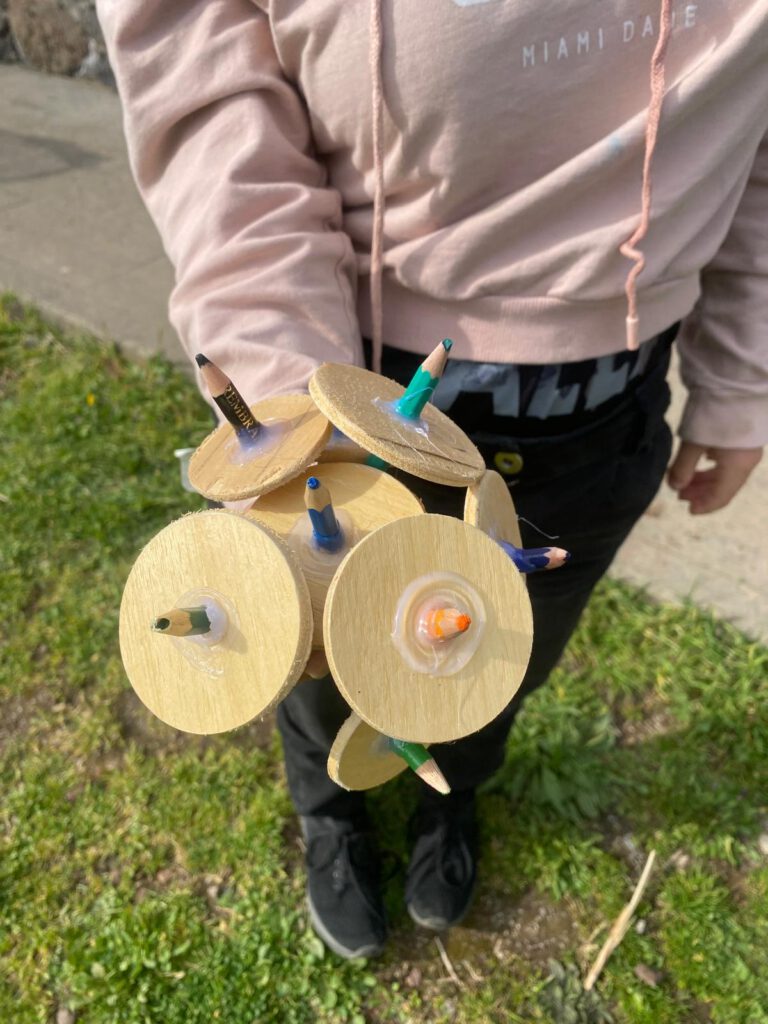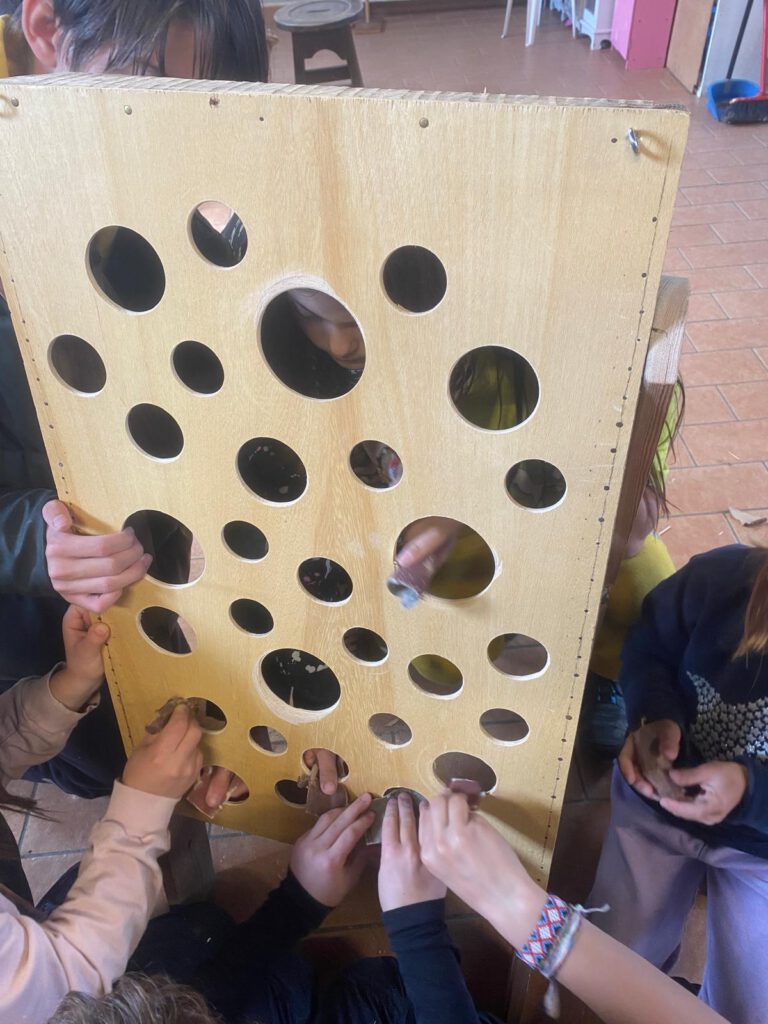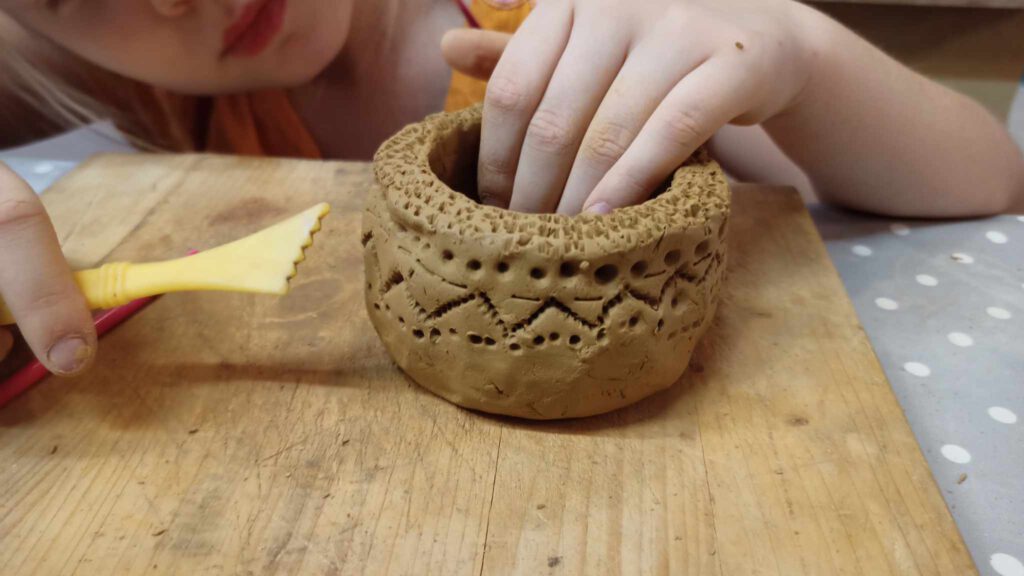In the spring of 2025, ten eager children from Leiutajate Külakool embarked on an unforgettable journey to Italy. The adventure began in Rome, the bustling capital, from where the group traveled to the picturesque town of Pitigliano, nestled in the heart of Tuscany. This trip was not just a vacation; it was an educational and cultural exchange, designed to broaden the children’s horizons and foster international connections. Upon arrival in Pitigliano, a town renowned for its dramatic setting atop volcanic tuff cliffs, the children and their chaperones wasted no time in exploring. The town itself became a living museum, with its narrow, winding streets, ancient architecture, and breathtaking views. They visited several local landmarks, each with its own story and significance. From the historic aqueduct to the ancient synagogue, every corner of Pitigliano offered a glimpse into Italy’s rich past. The children were fascinated by the town’s unique character, shaped by centuries of history and culture. During their exploration of Pitigliano, the children also had the enriching experience of visiting the Museum of Little Jerusalem. This museum offered a deep dive into the town’s unique Jewish history and heritage. Nestled within the historic Jewish quarter, the museum showcases artifacts and documents that tell the story of the Jewish community that thrived in Pitigliano for centuries. The children learned about the traditions, customs, and daily life of the Jewish people who once called this town home. Exhibits included religious objects, historical records, and personal stories that brought the past to life. Walking through the museum, they gained an understanding of how Pitigliano earned its nickname, ‘Little Jerusalem.’ The visit highlighted the town’s role as a place of refuge and tolerance, where different cultures coexisted. It provided a valuable lesson in history, diversity, and the importance of preserving cultural heritage. The children left the museum with a newfound appreciation for Pitigliano’s rich and layered past, enriched by the stories they had encountered within its walls. The second day of the trip was particularly special, centered around a visit to the “Hand” project exhibition. This event was a collaborative effort, organized by Italian partners and showcasing artistic creations. To the delight of the Leiutajate Külakool children, the exhibition included photographs of items they had crafted themselves. This moment of recognition was a highlight, underscoring the international nature of the project. The children had the opportunity to meet and interact with Italian students, fostering new friendships and cultural understanding. Together, they explored the exhibition, discussing the various art pieces and sharing their perspectives. Following the “Hand” project exhibition, the group visited the Farnese folk costume exhibition, housed in the same building. This offered another dimension to their cultural experience, introducing them to the traditional attire of the region and its significance. Later in the day, the group traveled to the scenic Lake Bolsena. The lake, which fills the caldera of an extinct volcano, provided a stunning backdrop for relaxation and play. The children enjoyed the opportunity to run around, engage in games, and simply soak in the natural beauty. As the afternoon turned into evening, they enjoyed a meal of authentic Italian pizza, a treat that was thoroughly appreciated by everyone. The following morning, the focus shifted to exploring the villages surrounding Lake Bolsena and learning about the area’s unique geology. The volcanic origin of the region became a central theme, with discussions about the formation of the lake and the surrounding landscape. The children were introduced to the fascinating geological history of the area, learning about the volcanic activity that shaped the landscape they were now exploring. The exploration continued as they visited several villages nestled along the shores of Lake Bolsena, each with its own charm and character. These visits offered insights into the local way of life and the region’s unique culture. The next leg of the journey took the group to a forest park near the Albero del Tuscia school. Here, a knowledgeable guide led them through the natural surroundings, sharing insights into the local flora and fauna, as well as the area’s history and geology. The guide’s explanations were engaging and informative, making the natural world come alive for the children. Following the park visit, the group was warmly welcomed to the Italian school for lunch. This was another opportunity for intercultural exchange, as the children shared a meal and conversation. A special moment occurred when the children from Leiutajate Külakool sang songs in their native language for their Italian hosts, who in turn shared their own songs. This musical exchange was a touching demonstration of cross-cultural connection and friendship. After lunch, the group embarked on a hike along the Etruscan trails, retracing ancient paths that once connected the region. This hike provided not only physical activity but also a sense of connection to the area’s historical past. In the following days, the adventure continued with visits to the Saturnia hot springs, where the children experienced the therapeutic waters, local hiking trails that offered stunning views of the Tuscan landscape, and the charming towns of Sovana and Sorana, each with its own historical and cultural treasures. On the final evening of their Italian adventure, the Leiutajate Külakool children and their companions enjoyed a farewell dinner at a traditional Tuscan restaurant. The warm and inviting atmosphere of the restaurant perfectly captured the spirit of their trip. The menu featured authentic regional dishes, offering the children a true taste of Tuscany’s culinary heritage. They savored local specialties, experiencing new flavors and ingredients unique to the region. Laughter and conversation filled the air as they recounted the highlights of their journey, from the ancient streets of Pitigliano to the tranquil shores of Lake Bolsena. This final meal was a celebration of the friendships formed and the memories made during their time in Italy. As dinner concluded, a spontaneous and joyful idea arose: a friendly basketball match. The narrow streets of the nearby town of Valentano became their impromptu playing field. Italian and Estonian children alike joined in the game, their laughter










